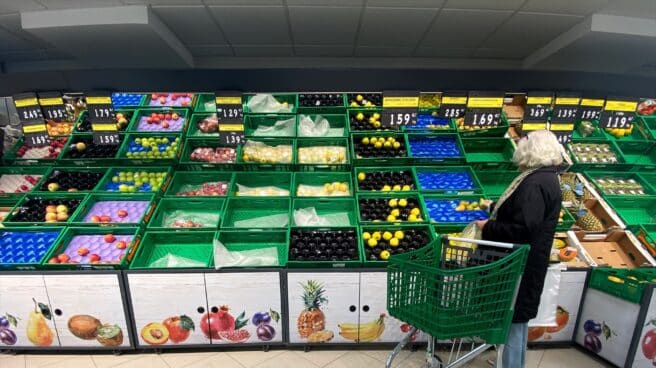

A woman buys fruit at a supermarket in Madrid.
Inflation strongly constrains its growth. After two months of rising prices more and more, the escalation slowed down in March of this year, with the consumer price index up 3.3%. This is the same figure that INE climbed fifteen days ago. The bad news comes from food prices, which continue to rise by 16.5%, and this effect is expected to last for several months.
Overall price growth fell sharply, mainly due to the base effect. Usually in the case of the CPI, more attention is paid to interannual data, that is, those that compare living standards with the level of the same month of the previous year, in which case the comparison is favorable, since in March of last year, electricity, gas and oil got out of hand out of control. for the start of the war in Ukraine.
On the other hand, if we take into account the data on a monthly basis, it turns out that compared to February, prices in March rose by 0.4%. For forces like Unidas Podemos, the data casts doubt on whether supermarkets carry over the VAT cuts approved by the government in December and in effect since January on their prices, calling for more government intervention. However, estimates from the Bank of Spain or EsadeEcPol show that the VAT cut is reflected, at least in the larger chains.
INE attributed the decline in prices for everything related to housing (-16.2%), especially electricity and diesel, as well as transport (-4.8%), to lower fuel prices. Clothing and footwear (+3.2%) also pulled the rate down, as they rise in price, but six tenths less than in the previous month. However, core inflation, which measures rising prices excluding energy and unprocessed food, remains high at 7.5%, just two-tenths less than the previous month.
News in extension
Source: El Independiente